An ophthalmologist (eye doctor) is a doctor who specializes in the diagnosis, treatment, and prevention of eye disease. It is difficult to overestimate the severity of vision problems – a large part of the surrounding world ceases to exist for a person. Treating and preventing private and total loss of vision is what an ophthalmologist does.

Subsections of ophthalmology
Pediatric ophthalmology is a subsection of ophthalmology that investigates the characteristics of children’s vision. A child’s vision, unlike that of an adult, is constantly changing. Pediatric ophthalmology is designed to study the peculiarities of these changes and related pathologies.
What organs do ophthalmologists treat
- The eyeball;
- eyelids;
- lacrimal organs;
- conjunctiva;
- orbit.
What diseases are treated by an ophthalmologist
- nearsightedness is a visual defect in which the image is focused in front of the retina and the person cannot see distant objects clearly;
- farsightedness is a visual defect in which the image is focused behind the retina and a person cannot see objects clearly at close range;
- conjunctivitis – inflammation of the mucous membrane of the eye (conjunctiva);
- cataract – clouding of the lens of the eye;
- glaucoma – increased eye pressure that causes visual impairment;
- astigmatism – a disturbance in the shape of the lens or cornea.
What else does an ophthalmologist treat?
A large part of what an ophthalmologist treats are vision abnormalities that are triggered by other diseases or critical situations for the body. Visual impairment can be caused by:
- hypertension;
- abnormal pregnancy;
- severe childbirth;
- atherosclerosis;
- renal pathologies;
- diabetes mellitus;
- traumatic eye injuries.
How is the examination by an ophthalmologist?
At the initial reception, the ophthalmologist:
- Gathers anamnesis (medical history), asks the patient about possible complaints.
- Conducts examination and palpation of the eyes, examination of the eyes with a biomicroscope (slit lamp).
- Depending on complaints and examination results, the doctor may prescribe additional tests: ophthalmoscopy (visual examination of the eye fundus), tonometry (measuring intraocular pressure), and biomicroscopy (examination of the eye under multiple magnification).
Fresh articles
- Best Herbs for Eye Health

- Eye Cream With Collagen
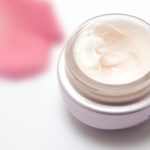
- How Old Do You Have to Be to Get Contacts
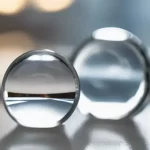
- How to Keep Your Eyes Healthy When Working at the Computer

- The 6 Warning Signs of Retinal Damage
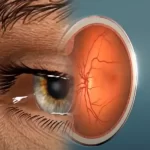
- Eyeglass Lens Coatings Reviewed
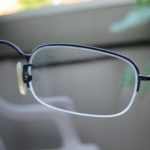
- Elevated Intraocular Pressure In Children
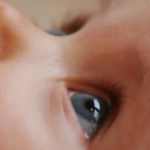
- Dilated Pupils – Causes and Possible Dangers
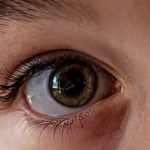
- Dilated Eye Exam: Purpose, Procedure and Facts

- Rigid Gas Permeable Contact Lens Fitting Guide
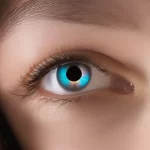
- Eye Muscle Repair Surgery
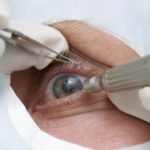
- Fluorescein Angiography

- Diabetic Macular Ischemia
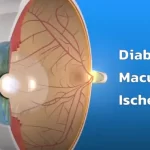
- Diabetic Retinopathy

- Macular Degeneration
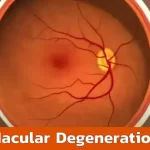
- Optical Coherence Tomography: Procedure and Benefits

- Hyperopic Anisometropia
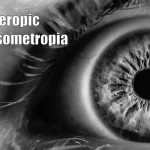
- Anisometropia: An Overview

- What Is Optomap?

- Eye Dilation Alternatives

- Treatments for Wet Macular Degeneration
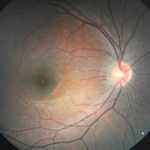
- Wet and Dry Age-Related Macular Degeneration
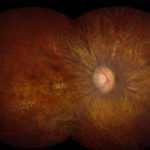
- Wet Age-Related Macular Degeneration
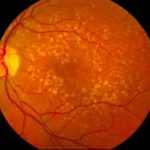
- Macular Degeneration Glasses

- Sunglasses for Macular Degeneration Patients

- Learn about Cornea Transplant
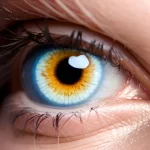
- Understand the Benefits of Vitamin A for Your Eyes

- The Spectacular Benefits of Kiwi Fruit for Eye Health

- Goopy Eyes in Newborns

- Why Is the Corner of My Eye Red
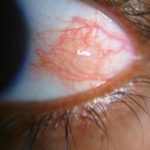
Question & Answers
- Can I Put Contacts in a Water?
- Can Glasses Correct Retinal Damage?
- Can Legally Blind See Light?
- What is Total Blindness?
- How Long Do Eyes Stay Dilated?
- Can Lack of Sleep Cause Dilated Pupils?
- What Contact Lenses Are Available to Improve Vision
- Are Patients Awake During Eye Muscle Repair Surgery?
- How Painful Is Eye Muscle Surgery?
- Is Macular Ischemia Treatable?
- Optomap vs Dilation: Which is the Better Option for Eye Examinations?
- Wet and Dry Age-Related Macular Degeneration
- How Long Does It Take to Recover From a Corneal Transplant?
- Does Vitamin A Help Dry Eyes?
- How Astigmatism Affects Vision
- Do VR Headsets Damage Your Eyes?
- Is Virtual Reality Bad for Your Eyes?
- Does red eyes mean lack of oxygen?
- Can Dehydration Cause Red Eyes?
- Why Is the Corner of My Eye Red
- Is It Normal to Have Black Eye Floaters Everyday?
- Can Stress Cause Black Floaters?
- Why Are My Eyes so Itchy at Night?
- Does Itchy Eyes Indicate an Infection?
- Can Stress Cause Blurred Vision?
- What is the difference between LASIK and FemtoLasik?
- What to do when you can’t get contacts out by yourself?
- How to Take Out Contact Lenses
- Cost of Cataract Surgery
- Using Expired Contact Solution: Is it Good or Bad Idea?